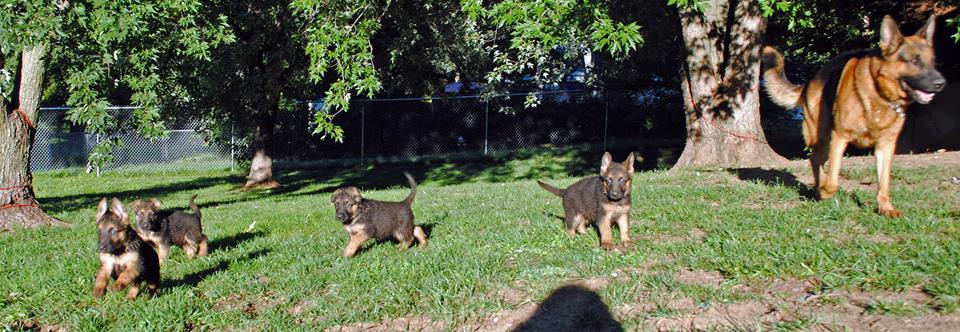Academic dishonesty was a (if not “the”)
pet peeve of this now retired public school teacher. My gripe was not merely
about morality, but also about practicality. If “your” work is not showing the
teacher the results of “your” thinking, how can said teacher be expected to
guide “your” understanding?
Especially in a city where Enron
Field can morph overnight into Minute Maid Park – and the team that plays there
can lose 100 games while simultaneously being anointed its sport’s most profitable. Now there’s an Exit-Level Math problem for your state-mandated
test.
But I digress.
The second half of my career was
spent teaching English to the freshmen in a well-respected college-prep magnet
program. The primary challenge to building an entry-level course for those
students in that setting was finding and tweaking the appropriate level of
difficulty (and maybe subtlety) in the work itself.
The issue of cheating was the
furthest thing from my mind. My attitude pretty much was that any kid who
needed to cheat to survive as a magnet-school freshman was unlikely to become a
magnet-school junior. During a meeting of the magnet staff during my rookie
year, I pointed out (only partly in jest) that there had been times in my
middle-school teaching days when I’d consider a student’s caring enough to
cheat a sign of progress. (I can still conjure up in my mind’s eye the
expression on the face of one of my new colleagues to that little nugget of
pedagogy.)
“What did you put for question
such-and-such?”
If the inquiring mind simply
writes the other student’s answer on his own paper? There’s no way to justify
that – not in a competitive academic environment. However, if a student has
thought through “question such-and-such” and wishes to compare with another
student who has done the same? In a test setting, that would clearly be wrong …
but not necessarily for an item on a homework assignment, huh? Such academic
effort and curiosity in kids should be encouraged. Sometimes students’
curiosity and creativity are directed towards techniques by which to work
smarter rather than harder. On occasion – e.g. “You do the even numbers, I’ll
do the odd, then we swap answers.” – they “out-smart” themselves and end up
crossing the line.
As time passed and I became more
acclimated to the magnet program and its culture, I began to wonder whether my
laid-back, often subtle approach to this matter was actually exacerbating what
some peers perceived to be a problem. There was even a rumor afloat that some
upper-classmen were promoting creative cheating as an academic survival skill.
Now, I have nothing against
creativity – indeed I tried to discover ways to encourage and reward it.
But it requires little ingenuity
to copy someone else’s homework … and to submit such “work” as one’s own opens
a whole ‘nother can of worms, all of them slimy and distasteful.
Often enough, something would
catch my eye and arouse my suspicion: multiple uses of an illogical answer,
repeated and identical misspellings, journal entries that seem unusually
familiar.
And then there was this little
scenario –
Student: I had the same answer to
#whatever as so-and-so. Why did you mark mine wrong?
Teacher: Why don’t you read
#whatever on both papers.
Student: Oh, you mean there’s two
versions of the worksheet?
How dare I, huh?
‘Twould seem my laissez-faire,
law-of-natural-selection approach wasn’t working out so well. One colleague, both
a PHD and superb teacher (not always a “given”), went so far as to stop
assigning homework altogether.
My approach to these situations
grew less subtle, my comments not always private. What was once a brief,
moralistic digression was becoming a sermon, then a diatribe, and ultimately a
downright hissy-fit, replete with parental as well as administrative involvement.
A hissy-fit was indeed a sight to
behold, typically lasting for several days. I’d minimize my classroom
interaction with the students, opting for “pop” quizzes and other types of
independent classwork. Anger and irritation would ooze from every pore.
Sometimes a little embellishment can induce the right kind of peer pressure.
A little pressure from home wouldn’t
hurt, either. Thus, for the students whose “academic dishonesty” had caused my
distemper, a parent signature verifying authenticity would be required for all
work completed outside of class. I figured I’d give the parental units a little
incentive for issuing a stern “Never Again!” Over a couple of weeks or so, a
student or two at a time, I’d rescind this policy.
This grand display of mine did
engender a little inconvenience – some additional paperwork, several parent
conferences. One parent was unwise enough to actually say “How dare you” and
defend her child, even when presented with the evidence. Our little chat was
soon joined by a counselor and assistant principal.
It would be untruthful to claim
that I’d foreseen and planned the whole thing. Once I got going, I just trusted
my instincts. The objective was to generate a sense of “Don’t make him do THAT
again!” in the students.
Did the tactic work?
Not in perpetuity, since I felt compelled
to deliver an encore performance of sorts every three or four years. A benefit
to the repetition was that there were always kids on campus who could vouch
first hand for my attitude on the issue. Predictably, few of the participants
in the shenanigans survived in the program for very long. (Overall, our
retention rate from freshman to sophomore year was always about 85 percent.)
Like the old folk (including, in
my case, numerous nuns) used to tell us, when you cheat, you’re only cheating
yourself.



